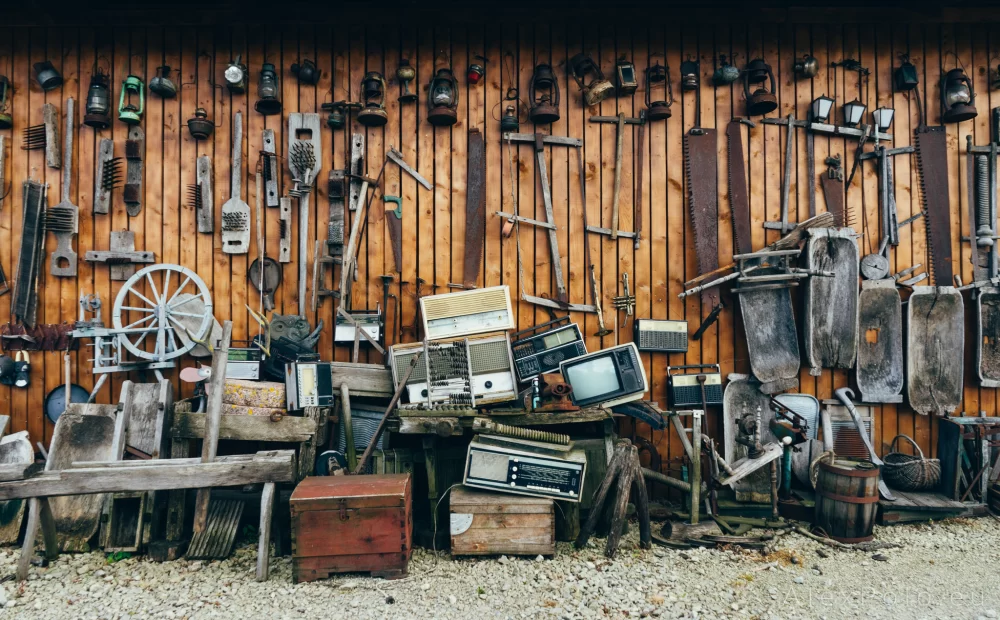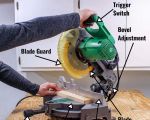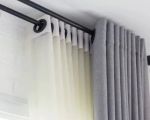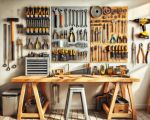Guide to Buying Your First Circular Saw
If you’re thinking about tackling a home project that requires cutting through wood, metal, or other materials, a circular saw is one of the best tools to have in your arsenal. Whether you're a DIY enthusiast or a professional, owning a circular saw can dramatically improve the speed and accuracy of your work. But if you're new to using this type of power tool, choosing the right one can be overwhelming. In this guide, I’ll walk you through everything you need to know to buy your first circular saw and make sure it’s the perfect fit for your projects.
1. What is a Circular Saw and Why Do You Need One?
A circular saw is a versatile, power-driven tool that features a toothed or abrasive blade that rotates in a circular motion. This motion makes it ideal for cutting through various materials like wood, plastic, metal, and even concrete, depending on the type of blade you use. Circular saws are an essential tool for anyone who frequently works with materials that need to be cut in straight lines, whether you're building furniture, installing flooring, or working on other construction projects.
When I first started using a circular saw, I was amazed at how much easier it made cutting. Before owning one, I’d rely on manual saws that were slow and often inaccurate. But with a circular saw, I could make quick, precise cuts without breaking a sweat. It’s a tool that can save you time and effort, especially for larger, repetitive cutting tasks.
2. Key Considerations When Buying a Circular Saw
There are many factors to consider when buying your first circular saw. It’s important to choose one that matches your specific needs. Here are the most critical elements to keep in mind:
- Blade Size: Circular saws come in different blade sizes, typically ranging from 4.5 inches to 7.5 inches. The blade size directly impacts how deep a saw can cut. A larger blade can cut deeper, making it suitable for thicker materials. For general home use, a 7.25-inch blade is the most common and versatile size, as it can cut through most materials at a good depth.
- Power Source: Circular saws are available in corded and cordless models. Corded saws provide continuous power, making them ideal for heavy-duty tasks. On the other hand, cordless saws are more portable and convenient for smaller jobs or projects that require mobility. Keep in mind that cordless models rely on battery life, which can limit their runtime on larger projects.
- Motor Power: The power of a circular saw's motor is typically measured in amperes (for corded models) or volts (for cordless models). The higher the power, the more efficiently the saw can cut through tough materials. If you're working with dense hardwood or thick plywood, you'll want a saw with a motor that provides ample power.
- Adjustable Depth and Bevel Settings: A saw with adjustable depth and bevel settings allows you to make angled cuts, which are essential for a variety of projects. Look for a saw with easy-to-use depth adjustment controls and bevel settings that can handle up to 45 degrees for angled cuts.
- Ergonomics and Comfort: Since you'll be using the circular saw for extended periods, it’s essential to pick one that feels comfortable in your hands. A well-balanced saw with rubberized grips can help reduce fatigue and provide better control over the tool. Make sure the saw’s weight and design fit your personal preference.
3. Types of Circular Saws
Before purchasing a circular saw, you should also understand the different types available. Each type is designed for specific tasks, so choosing the right one can make your job easier.
- Sidewinder Circular Saw: This is the most common type of circular saw, featuring the motor positioned alongside the blade. It’s lightweight, easy to handle, and ideal for straight cuts. Sidewinder saws are great for everyday DIY projects, including cutting plywood and dimensional lumber.
- Worm Drive Circular Saw: With the motor positioned behind the blade, worm drive saws offer more torque and are excellent for cutting through tougher materials. They tend to be heavier and more powerful, making them ideal for professional-grade work and for cutting thick hardwood or framing materials.
- Compact Circular Saw: A smaller, lighter version of the traditional circular saw, the compact saw is great for tight spaces and cutting thin materials. While it doesn’t offer the same power as the standard saw, it’s a great choice for lighter-duty tasks, especially if you need maneuverability.
4. How to Choose the Right Blade for Your Circular Saw
Once you’ve chosen your circular saw, it’s time to pick the right blade. Different blades are designed for different materials, so it’s essential to choose the right one for the job. Here’s a quick overview of the most common types of blades:
- Wood Cutting Blades: These blades are designed with teeth that make clean cuts in wood. They are ideal for cutting through plywood, softwood, and hardwood. Look for blades with fewer teeth for faster, rough cuts, or more teeth for smoother, finer cuts.
- Metal Cutting Blades: Metal cutting blades are made from carbide or steel and have teeth designed to cut through metal without dulling quickly. These blades are ideal for cutting sheet metal or pipe.
- Diamond Blades: If you're planning to cut through masonry, concrete, or tiles, diamond blades are the best choice. These blades feature a diamond-coated edge that allows them to cut through tough, abrasive materials.
5. Safety Tips for Using a Circular Saw
Using a circular saw safely is crucial to preventing accidents. Here are some safety tips to keep in mind:
- Wear Safety Gear: Always wear safety goggles, hearing protection, and a dust mask when using a circular saw. The blades spin at high speeds and can send debris flying.
- Keep Your Hands Away from the Blade: Never place your hands near the blade while the saw is in use. Always use a guide to direct the cut and keep your hands safely away from the cutting area.
- Check the Blade for Damage: Before each use, inspect the blade for any signs of damage or wear. A damaged blade can cause the saw to operate inefficiently or break during use.
- Secure the Material: Always secure the material you are cutting with clamps or a workbench to ensure stability and prevent the material from shifting during the cut.
6. Where to Buy Your Circular Saw
Ready to buy your first circular saw? It’s essential to purchase from a reputable retailer to ensure you get a quality product. You can find great options at local hardware stores or online marketplaces like ToolNest, which offers a wide range of circular saws at competitive prices. Be sure to read reviews, check the specifications, and ensure you’re buying from a trusted brand.
At ToolNest, we provide expert recommendations on the best tools for your projects, helping you make informed decisions for your DIY and professional needs.









